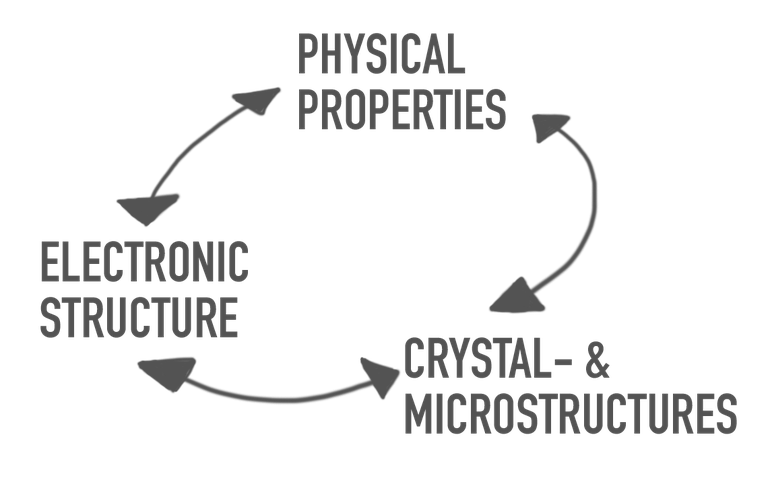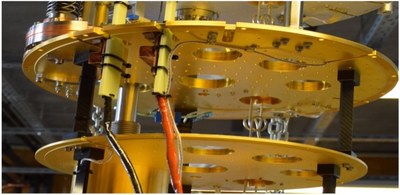Research
Novel Materials
Just what are novel materials?
Novel materials are, for example
Compared to conventional bulk materials, these materials have special electrical, thermal, magnetic, but also mechanical and optical properties.
 Our research focus
Our research focus
Future electronic applications demand novel functional materials. To better understand the underlying physics their physical and structural properties are correlated. Most commonly investigated are micro- or nanoscale components and so new experimental techniques have to be developed and implemented.
Current research concerns transport phenomena, i.e. with the motion and spin of charge carriers or the heat flow. The focus here is on the investigation of
- thermoelectric effects and heat conduction
- quantum- and spin effects in the transport of electrons
- and emergent phenomena in the charge transport, such as charge density waves and superconductivity.
Measurement methods
To this end, a distinct measurement setup for the determination of the electrical conductivity, the magnetoresistance and the electrical noise is used. For a full thermoelectrical characterization, the thermal conductivity and the Seebeck coefficient is measured using various methods.

The measurements are commonly performed as a function of the temperature and the electrical and magnetic fields. The temperature range currently spans from cryogenic temperatures (16 mK) up to room temperatures (300 K) and magnetic fields up to 12 T are in use.
The interpretation of the results often succeeds only due to the exact knowledge of the crystal- and microstructure, possible atomic defects and imperfections and boundary (or surface structure) nature. Therefore, structure and topography investigations by means of transmission/electron microscopy, atomic force microscopy and optical microscopy are carried out, and "lab on the chip" approaches are developed.
Nanopatterning
Modern methods for the fabrication of nanostructures are used, such as "top down"-lithography using electron or atomic force microscopes, "bottom up" growth methods, or etching techniques including self-organizational effects.